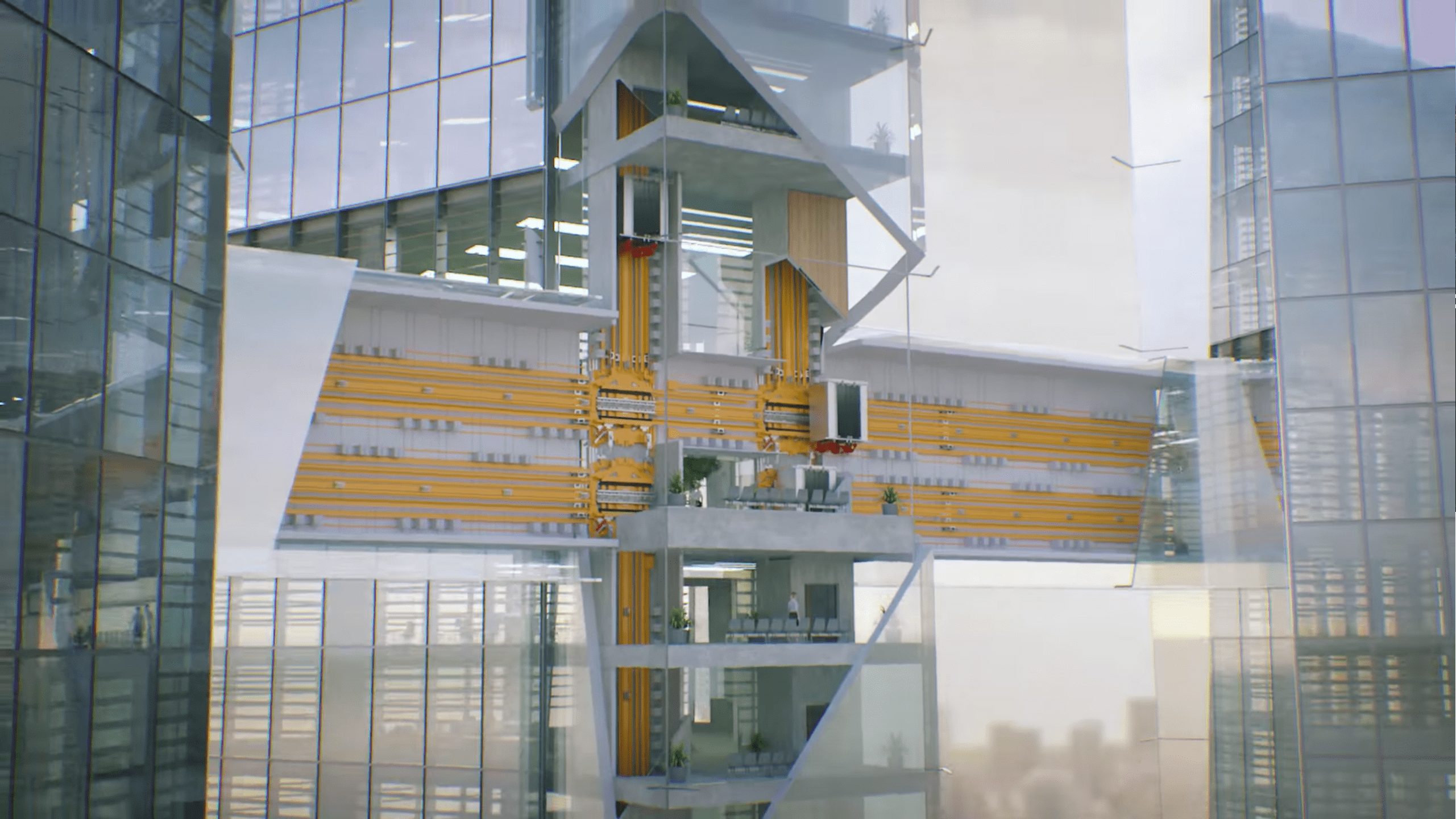
Elevators are a necessary component of contemporary structures since they offer residents accessibility and convenience. Lifts are essential for the safe and effective movement of people and products across residential complexes, shopping malls, and high-rise office buildings. Lifts are important, yet often people take them for granted until something goes wrong or breaks.
Just picture the chaos and annoyance that results when an elevator unexpectedly breaks down, trapping passengers or preventing them from reaching higher floors. Not only do these accidents cause discomfort to the tenants, but they also cast doubt on the building’s safety procedures and maintenance standards. Proactive maintenance is necessary to steer clear of these circumstances and guarantee continuous lift service. Thus, next time when you contact lift manufacturers in Mumbai, you should consider consulting them for more lift maintenance tips and tricks.
We’ll go over some important maintenance advice in this article to keep your lift operating smoothly and effectively. All the information you need to keep your lift operating at its best will be covered, from routine inspections to preventative maintenance duties. These pointers can help facility managers and building owners maintain the dependability, security, and lifespan of their lift systems, improving the overall experience for both guests and residents. This leads us to discuss the essential upkeep procedures that will ensure your lift continues to function properly for many years.
Regular Inspections
For such concerns to be found before they become more serious ones, routine inspections are essential. Make arrangements for skilled experts to do routine inspections to look for loose parts, wear and tear, strange sounds, and other anomalies. Full mechanical, electrical, and safety system checks should be included of these examinations.
Lubrication
For lift components to function smoothly, proper lubrication is necessary. Friction may wear down parts over time, increasing energy consumption and perhaps causing malfunctions. Make sure that all moving components, including guide rails, pulleys, and bearings, are properly oiled in accordance with the manufacturer’s instructions. To increase the lifespan and stop early wear on certain components, use premium lubricants made for those particular parts.
Cleaning and Maintenance of Guide Rails
In order to guarantee the lift car’s stability and alignment, guide rails are essential. Over time, rust, dust, and debris can build up on the guide rails, compromising the lift’s functionality and safety. Use a soft brush or cloth to clean the guide rails on a regular basis to get rid of any dirt or debris. To stop more degradation, check the rails for corrosion or damage and take quick action to fix any problems you find.
Check Safety Features
An elevator’s safety should always come first when it comes to maintenance. All safety elements, such as overload sensors, emergency brakes, door sensors, and fire recall systems, should be tested and inspected on a regular basis. Verify that these safety measures are compliant with applicable regulations and operating as intended. It is imperative to promptly fix or replace any defective safety equipment in order to avert accidents and injuries.
Monitor Control Systems
The lift’s control system acts as its brain, coordinating all aspects of operation and guaranteeing efficient and seamless movement. Keep an eye out for any indications of a malfunction, such as error codes or strange behavior, in the control system. Test the lift frequently to ensure that it moves smoothly and doesn’t jerkily or delay in response to orders. Take quick action to resolve any control system problems to avoid lift service interruptions.
Keep Records
Tracking the lift’s functioning and spotting reoccurring problems require keeping thorough records of all lift maintenance operations. Maintain a record of all inspections, maintenance, and repairs, together with the dates, conclusions, and actions performed. With the use of this data, trends or patterns that can point to fundamental issues with the lift’s functioning can be found. It also includes paperwork proving adherence to manufacturer recommendations and legal obligations.
Train Staff
An important factor in guaranteeing the effective operation and upkeep of elevators is properly trained personnel. Employees in charge of building maintenance should receive thorough instruction on how to carry out regular checks, lubrication, cleaning, and small repairs. Make sure they are aware of how crucial it is to adhere to safety regulations and manufacturer instructions. Create precise protocols for reporting any problems or irregularities found during regular inspections as well.
Schedule Preventive Maintenance
The goal of preventive maintenance is to extend the life of lift components and avoid breakdowns by scheduling routine maintenance procedures at predetermined intervals. Create a preventative maintenance plan based on the lift’s usage patterns, legal requirements, and manufacturer recommendations. This timetable need to cover things like cleaning, lubrication, safety feature testing, and inspections. Following a preventative maintenance plan can help cut down on downtime and lower the likelihood of expensive repairs.
Conclusion
Lifts need to have regular maintenance performed in order to function properly and safely. Building managers and owners may guarantee that their elevators run smoothly, save downtime, and offer tenants dependable service by according to these maintenance recommendations. Maintaining elevator components properly not only increases their lifespan but also improves building occupant safety and comfort.